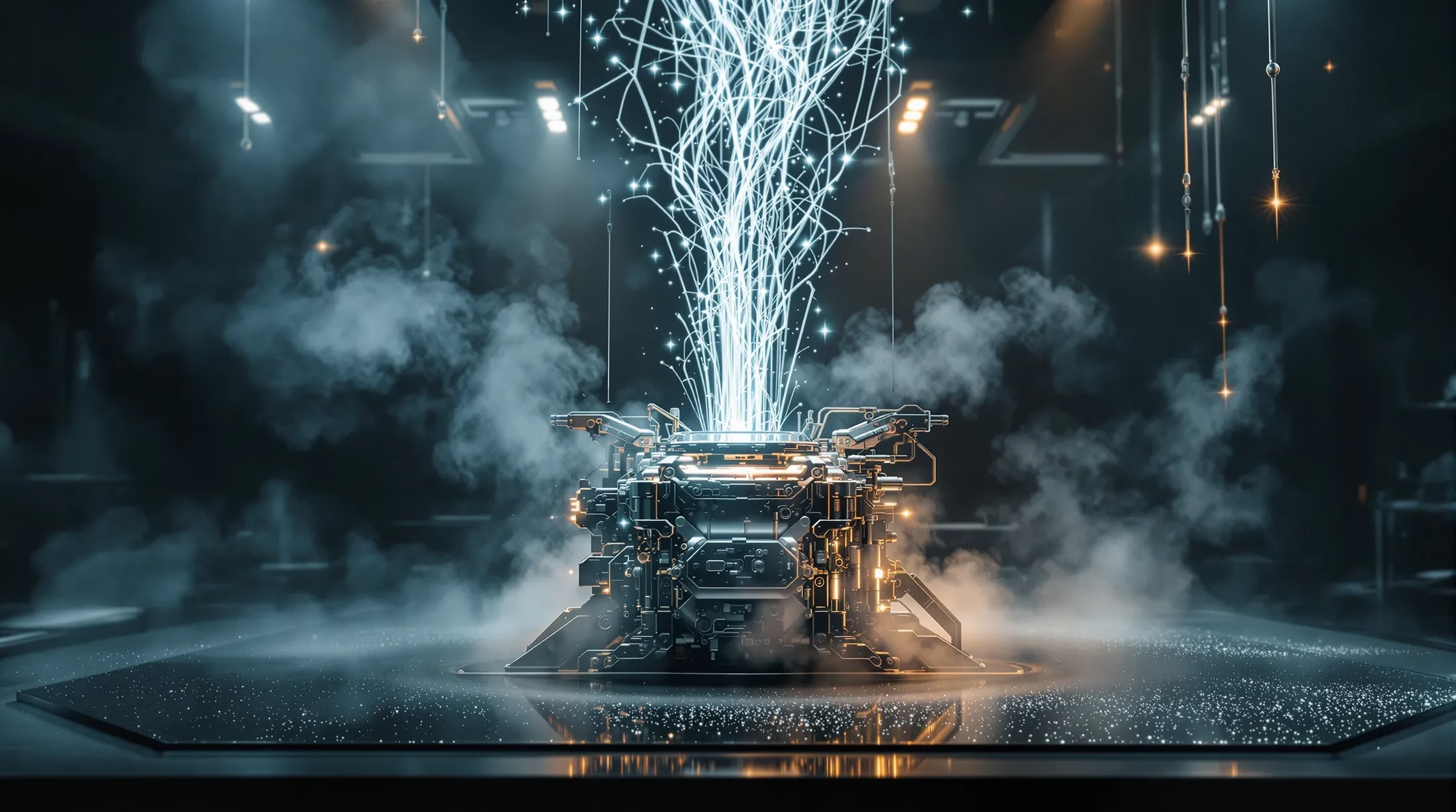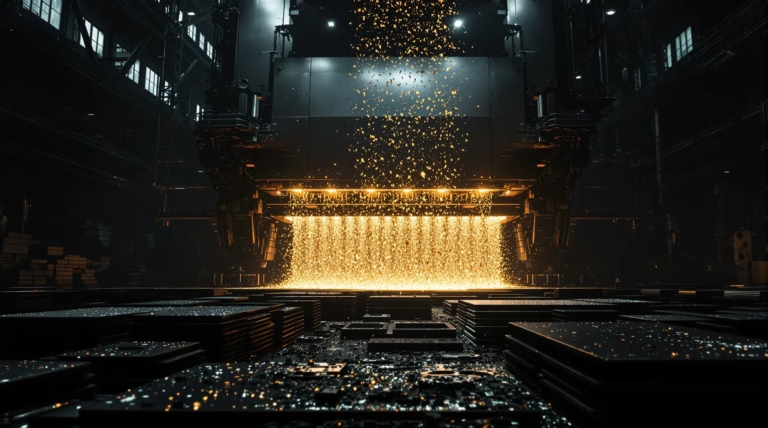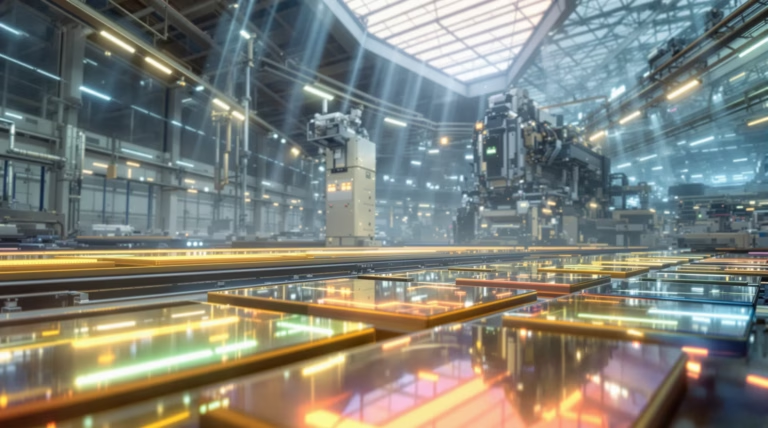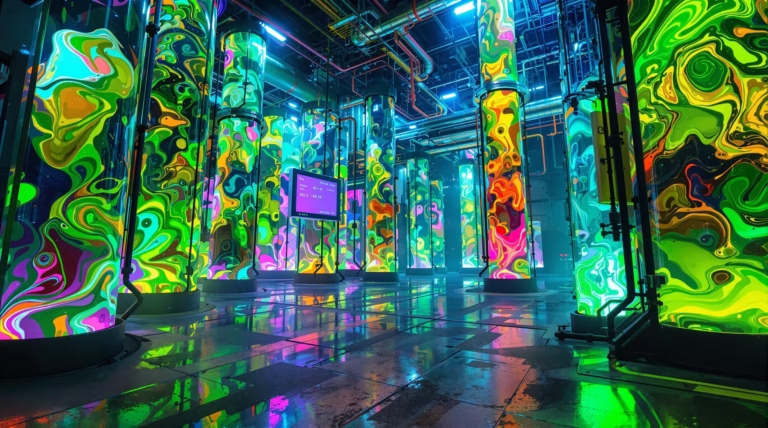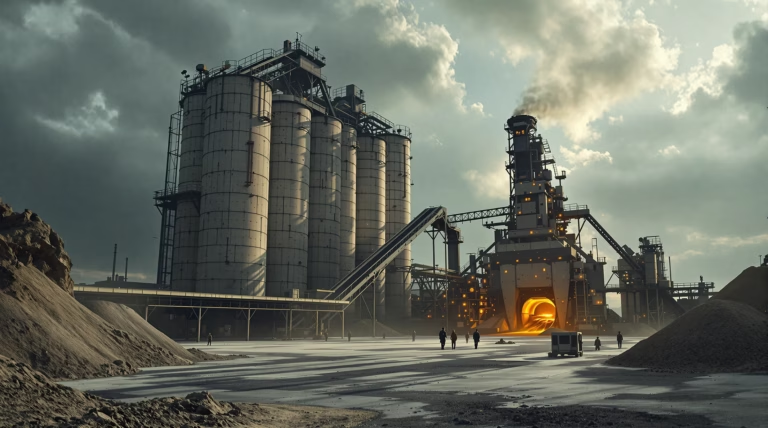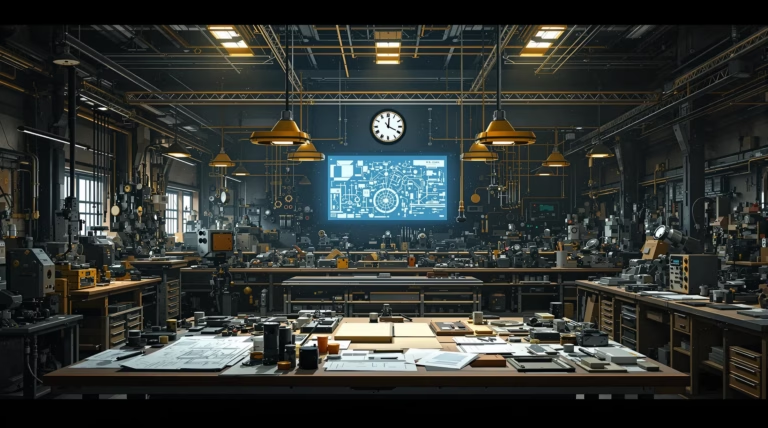Electro Discharge Machining: Understanding the Process and Its Applications
Discover the revolutionary manufacturing process that has transformed the way we shape and machine hard metals. Electro Discharge Machining (EDM) represents a significant leap forward in precision manufacturing, offering solutions for creating complex components that traditional methods simply cannot achieve.
What is Electro Discharge Machining?
Electro Discharge Machining (EDM), also known as spark machining, utilizes electrical discharges to remove material from workpieces with unprecedented precision. Unlike conventional machining methods that rely on mechanical force, EDM employs thermal energy to erode material in a controlled manner, enabling the creation of intricate shapes in extremely hard metals.
Developed in the 1940s, EDM has evolved into a sophisticated manufacturing technology that excels in machining electrically conductive materials regardless of their hardness. Its ability to work without exerting mechanical forces makes it particularly valuable for delicate components and complex geometries.
The Basics of EDM
The EDM process operates through controlled electrical erosion, requiring two main components:
- A shaped electrode
- A conductive workpiece
- A dielectric fluid medium
- A controlled spark gap between components
When voltage is applied across the spark gap, electrical discharges generate intense localized heat reaching 8,000-12,000°C (14,000-20,000°F). The dielectric fluid serves multiple critical functions, including electrical insulation, discharge energy focusing, debris removal, and component cooling. This precise process achieves tolerances as tight as ±0.005 mm.
How EDM Works
The EDM process follows a sophisticated sequence of electrical discharges, with each spark creating microscopic craters in both the workpiece and electrode. The process parameters include:
- Voltage control for optimal discharge
- Current regulation for material removal rate
- Pulse duration management
- Frequency optimization
- Dielectric fluid circulation
Types of Electro Discharge Machining
EDM technology encompasses three distinct categories, each serving specific manufacturing needs:
| Type | Primary Use | Key Characteristic |
|---|---|---|
| Die Machining (Sinker EDM) | Mold cavities and complex shapes | Uses shaped electrodes |
| Wire-cut EDM | Precision cutting and profiling | Employs continuous wire electrode |
| Drilling EDM | Small, precise holes | Specialized for hole-making |
Wire-Cut EDM
Wire-cut EDM represents a highly precise cutting method utilizing a thin metal wire, typically brass, as an electrode. This technique achieves exceptional accuracy with tolerances of ±0.0001 inches while maintaining superior surface finishes. Modern wire-cut EDM systems offer:
- Controlled angle cutting capabilities
- 5-axis machining options
- Continuous wire feed for consistent quality
- Minimal material distortion
- Ability to cut through hardened materials
Sinker EDM
Sinker EDM, also known as ram EDM or die-sinking EDM, employs a specially formed electrode to create complex three-dimensional cavities in workpieces. The process utilizes an electrode, typically crafted from graphite or copper, machined into a negative of the desired final shape. This electrode gradually “sinks” into the workpiece through controlled electrical discharges, creating precise cavity shapes that would be impossible to achieve through conventional machining methods.
- Electrode material options – graphite or copper
- CNC-machined electrode design for extreme precision
- Dielectric fluid submersion requirement
- Specialized for complex mold cavities
- Capability to machine any conductive material
Applications of Electro Discharge Machining
EDM technology has transformed manufacturing across multiple industries through its unique capability to precisely machine hard conductive materials. The technology particularly excels in applications requiring high precision, intricate designs, and processing of materials that resist traditional machining approaches.
| Application Area | Key Benefits |
|---|---|
| Injection Molding | Complex cavities with precise dimensions |
| Turbine Engines | High-precision component manufacturing |
| Medical Equipment | Burr-free production capabilities |
| Electronics | Tight tolerances without mechanical stress |
EDM in Aerospace
The aerospace industry extensively utilizes EDM technology for manufacturing critical components that demand exceptional precision under extreme conditions. The process enables the creation of:
- Intricate cooling channels in engine components
- Precise fuel injection holes
- Complex turbine and compressor disc geometries
- Long, straight, small-bore holes in turbine blades
- Lightweight components with complex internal structures
EDM in Automotive
The automotive industry leverages EDM technology to meet increasingly stringent requirements for precision and durability. The process proves invaluable in:
- Manufacturing dies and molds for engine components
- Producing fuel injection systems with micro-sized nozzles
- Creating transmission components
- Fabricating air brake system components
- Manufacturing quality control equipment
- Developing electric vehicle battery components
Advantages and Disadvantages of EDM
| Advantages | Disadvantages |
|---|---|
| Exceptional precision with minimal distortion | Slower material removal rate |
| Complex geometry capabilities | Higher power consumption |
| Non-contact machining process | Specialized dielectric fluid requirements |
| Ability to work with hard materials | Regular maintenance needs |
Advantages of EDM
- Machines any electrically conductive material regardless of hardness, including pre-hardened steels, tungsten carbide, and titanium alloys
- Achieves exceptional dimensional accuracy with tolerances of ±0.005 mm
- Eliminates workpiece distortion due to zero mechanical forces
- Creates complex geometries impossible with traditional cutting tools
- Produces sharp internal corners and deep narrow slots
- Enables undercuts and internal features without specialized tooling
- Delivers surface roughness values as low as 0.1 μm Ra without secondary finishing
Disadvantages of EDM
| Limitation | Impact |
|---|---|
| Slow Material Removal | Lower productivity compared to conventional machining |
| High Power Consumption | Increased operational costs and environmental impact |
| Infrastructure Requirements | Regular dielectric fluid maintenance and filtration needed |
| Electrode Wear | Multiple electrodes required for precision work |
| Material Limitations | Only suitable for electrically conductive materials |
| Initial Investment | Higher equipment costs compared to conventional machines |
Future of Electro Discharge Machining
EDM technology continues to evolve through technological innovation, focusing on enhanced machining efficiency and accuracy. The integration of advanced automation, artificial intelligence, and machine learning algorithms is transforming EDM into a highly adaptive smart manufacturing solution, enabling real-time process optimization and autonomous operation.
Technological Advancements in EDM
- Multi-axis systems combining wire, sinker, and hole-drilling capabilities
- Advanced CAD/CAM software for automated programming and simulation
- Pulse power generators delivering nanosecond-precise electrical pulses
- Ultra-fine surface finishes achieving 0.05 μm Ra
- Hybrid manufacturing systems integrating EDM with high-speed milling or additive manufacturing
Potential Impact of Quantum Computing on EDM
Quantum computing promises to revolutionize EDM through enhanced process optimization and material science applications. These systems can analyze countless variables simultaneously, potentially optimizing EDM parameters with unprecedented precision and improving understanding of plasma channel formation.
- Advanced simulation of spark generation and material removal
- Development of superior electrode materials through quantum simulations
- Molecular-level engineering of dielectric fluids
- Real-time monitoring with quantum-enhanced sensors
- Dynamic machining adjustments based on quantum precision measurements

